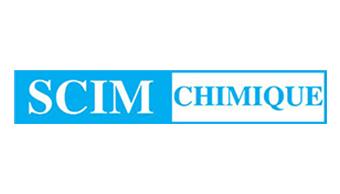



Mohammed Karim Lamrani Foundation for the Nejjarine Complex
The Nejjarine Fondouk is an ancient warehouse for goods and a trading place built in 1711 during the reign of Sultan Moulay Ismail (1672-1727). It is located in the Nejjarine district at the historical heart of the Medina, at the intersection of its main arteries and close to the most important places of worship, various commercial and artisan centers, particularly the carpenters' quarter from which it derives its name.
The fondouk opens onto the large Nejjarine square, bustling with shops and antique stores. This square is among the most beautiful, most visited, spacious, and frequented areas of the Medina.
A fountain, one of the most beautiful in Fès, adorns the facade of the fondouk. Fed to this day by spring water, it provides a refreshing spot for artisans, merchants in the area, passersby, and even some local residents. This fountain, along with the fondouk, the square, and the carpenters' souk, forms a remarkable architectural ensemble.


Like most fondouks in the Medina, Nejjarine served industrial and commercial purposes. However, it was especially known for hosting the trade of high-value goods. The fondouk also served, in the early decades of its construction, as a public warehouse. By the end of the first half of the 19th century, the fondouk became an exclusive site for the export trade of Fès. A special tax was imposed here on all types of goods exported from the city.
The fondouk consists of a ground floor and two levels arranged around an open-air patio. The three levels of the building open onto galleries, with the upper floor galleries protected on the courtyard side by turned wooden balustrades.
In his royal letter addressed to the government, His Majesty King Hassan II made the rehabilitation of various monuments and sites in the city of Fès a priority and set an example by taking charge of the restoration of the prestigious Madrasa Messbahya located in the old medina, thereby inaugurating private and public, national and international commitment to the rehabilitation process.
In this context, and at the initiative of the Fès-Saïss Association, the Ministry of the Interior, and the local authorities of the city, Mohammed Karim Lamrani decided not only to finance the restoration of the Nejjarine Ensemble, which includes the fondouk, the square, the fountain, and the carpenters' mall, but also to create a museum within the fondouk.
The rehabilitation work was carried out from 1990 to 1998, fully respecting the typology and architectural characteristics of the building, which is classified as a historical monument, at a total cost of thirty million dirhams.
Started in 1996, the preparation and installation of the museum within the fondouk were completed on May 23, 1998, the date of its official inauguration. Thanks to the museum, the Nejjarine neighborhood is now not only a must-visit destination for tourists in Fès but also a highly appreciated place by visitors due to its renovated setting.
The rehabilitation of the Nejjarine fondouk into a specialized museum has allowed Morocco for the first time to gather such a significant number of wooden objects in one place, thereby showcasing to the public the importance of this material in the lives of Moroccans, its diversity, both functional and artistic, and its various working techniques.

Group subsidiaries

















